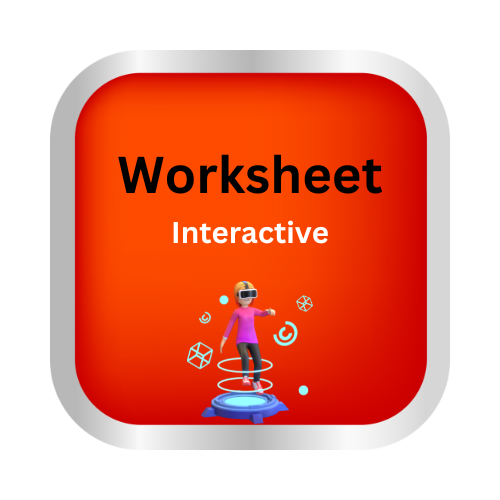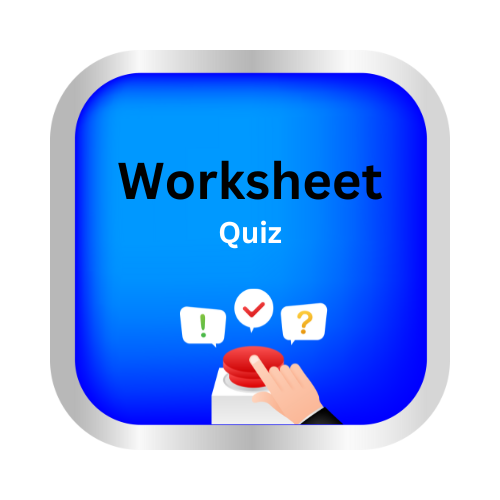How wide is this desk? how far have you traveled?
Key Notes :
Understanding Measurement:
- Length/Width/Height: These are the basic dimensions used to measure objects. The width refers to how wide an object is, like a desk.
- Distance: When talking about how far you have traveled, you are referring to the distance between your starting point and your destination.
Units of Measurement:
Standard Units: The most common units used for measuring length or distance are:
- Centimeters (cm): Used for smaller measurements (e.g., the width of a desk).
- Meters (m): Used for medium measurements (e.g., the length of a room or hallway).
- Kilometers (km): Used for larger measurements, especially for long distances like how far you travel.
Tools for Measuring:
- Ruler/Tape Measure: These are typically used to measure the width of smaller objects like desks.
- Odometer/Car Speedometer/Map: These can be used to measure the distance traveled, especially for longer distances such as a trip between cities.
Measuring the Width of a Desk:
- Process: To find how wide a desk is, you place a ruler or tape measure along the edge from one side to the other, noting the measurement.
- Example: If the width of a desk is 1.2 meters, this means the desk is 1.2 meters wide.
Measuring Distance Traveled:
- Process: To measure how far you’ve traveled, you can track the route using a map or GPS, or use an odometer in a vehicle to determine how far you’ve gone.
- Example: If you have traveled 50 kilometers, this is the distance between your starting point and where you are now.
Comparing Different Distances:
- Short Distances: Can be measured in centimeters or meters (e.g., walking around a classroom or measuring a desk).
- Long Distances: Measured in kilometers (e.g., the distance between cities or countries).
Conversions Between Units:
- Converting Meters to Kilometers: 1000 meters = 1 kilometer.
- Converting Centimeters to Meters: 100 centimeters = 1 meter.
Let’s practice!

